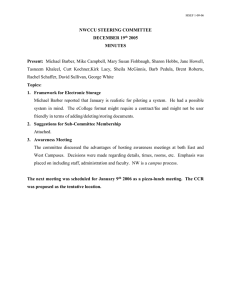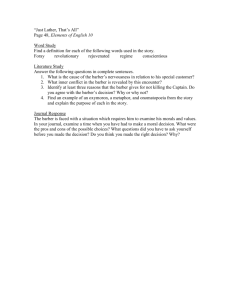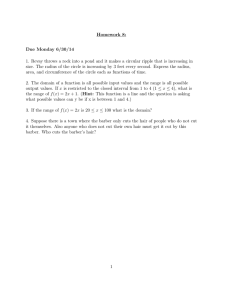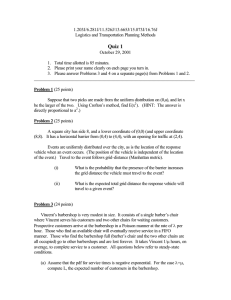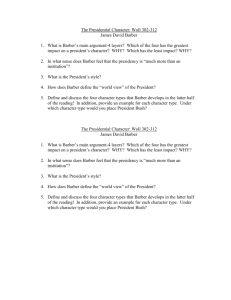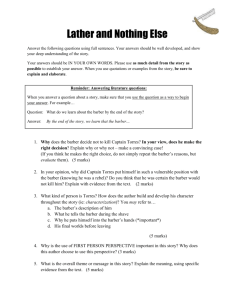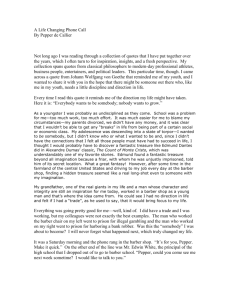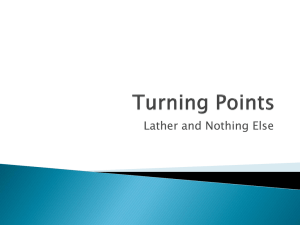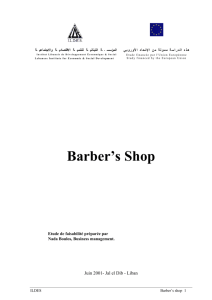1. Define the essential properties of any four of the following types of
advertisement
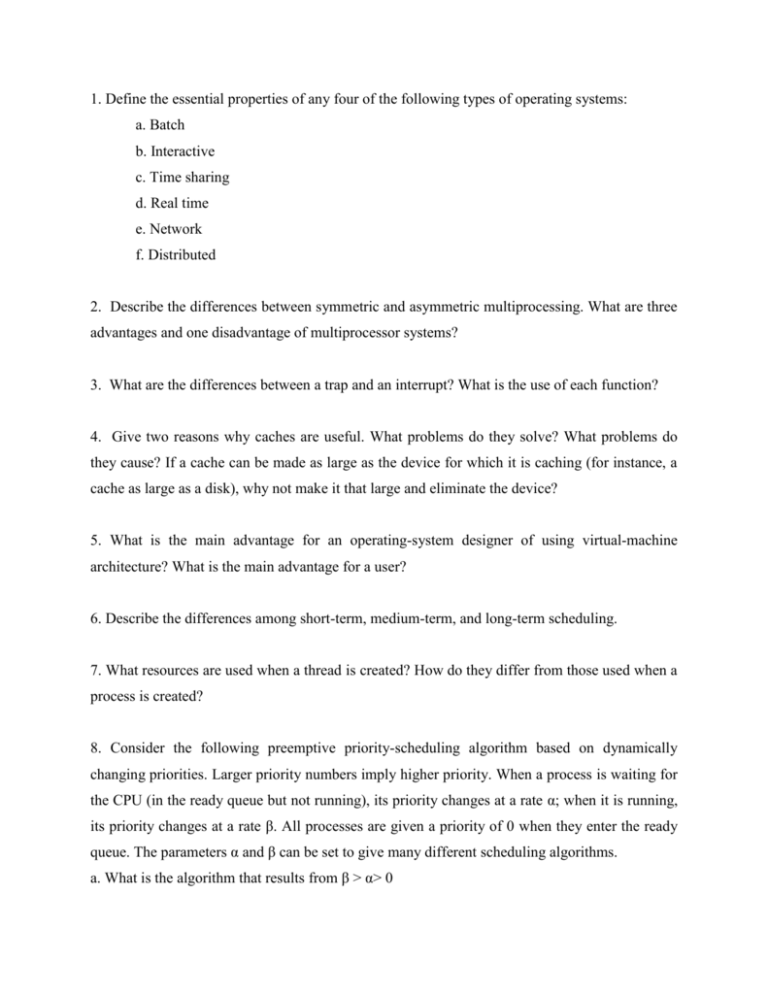
1. Define the essential properties of any four of the following types of operating systems: a. Batch b. Interactive c. Time sharing d. Real time e. Network f. Distributed 2. Describe the differences between symmetric and asymmetric multiprocessing. What are three advantages and one disadvantage of multiprocessor systems? 3. What are the differences between a trap and an interrupt? What is the use of each function? 4. Give two reasons why caches are useful. What problems do they solve? What problems do they cause? If a cache can be made as large as the device for which it is caching (for instance, a cache as large as a disk), why not make it that large and eliminate the device? 5. What is the main advantage for an operating-system designer of using virtual-machine architecture? What is the main advantage for a user? 6. Describe the differences among short-term, medium-term, and long-term scheduling. 7. What resources are used when a thread is created? How do they differ from those used when a process is created? 8. Consider the following preemptive priority-scheduling algorithm based on dynamically changing priorities. Larger priority numbers imply higher priority. When a process is waiting for the CPU (in the ready queue but not running), its priority changes at a rate α; when it is running, its priority changes at a rate β. All processes are given a priority of 0 when they enter the ready queue. The parameters α and β can be set to give many different scheduling algorithms. a. What is the algorithm that results from β > α> 0 b. What is the algorithm that results from α < β < 0? 9. The Sleeping-Barber Problem. A barbershop consists of a waiting room with n chairs and a barber room with one barber chair. If there are no customers to be served, the barber goes to sleep. If a customer enters the barbershop and all chairs are occupied, then the customer leaves the shop. If the barber is busy, but chairs are available, then the customer sits in one of the free chairs. If the barber is asleep, the customer wakes up the barber. Write an algorithm to coordinate the barber and the customers. 10. Consider a system consisting of four resources of same type that are shared by three processes, each of which needs at most two resources. Show that system is deadlock free.
